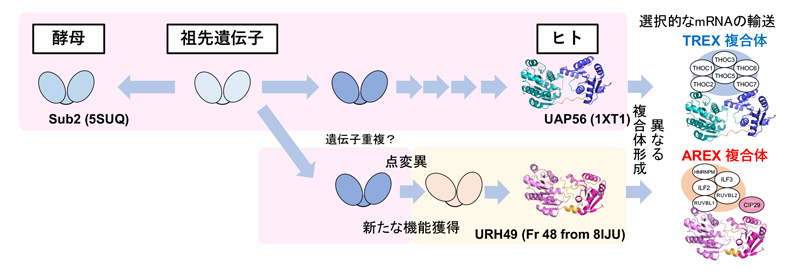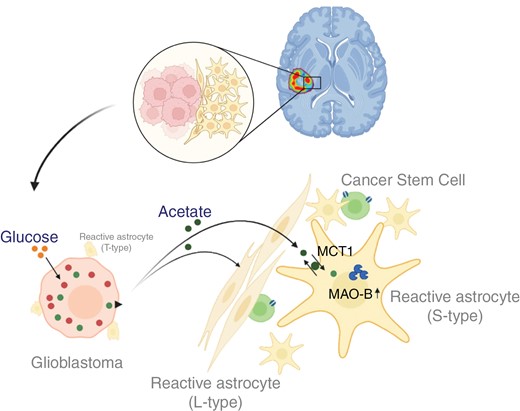2024-01-17 韓国基礎科学研究院(IBS)
◆この数学モデリングと機械学習の成果は、がん治療における細胞の異質性の理解を向上させ、治療戦略の改善に寄与することが期待されています。
<関連情報>
- https://www.ibs.re.kr/cop/bbs/BBSMSTR_000000000738/selectBoardArticle.do
- https://www.sciencedirect.com/science/article/pii/S266638992300301X
密度物理学に基づくニューラルネットワークがシグナル伝達における細胞の不均一性の原因を明らかにする Density physics-informed neural networks reveal sources of cell heterogeneity in signal transduction
Hyeontae Jo, Hyukpyo Hong, Hyung Ju Hwang, Won Chang, Jae Kyoung Kim
Patterns Published: December 26, 2023
DOI:https://doi.org/10.1016/j.patter.2023.100899
Highlights
•We build a method to infer the transduction-time distribution in a cell signaling pathway
•Pathways with longer response times show larger cell-to-cell heterogeneity in response
•Pathways with multiple timescales reduce the cell-to-cell heterogeneity in response
•Our method enables identifying effective signaling pathways for disease treatments
The bigger picture
Understanding cellular signaling pathways is crucial because their dysregulation can lead to diseases and treatment resistance. For instance, if signaling pathways that respond to antibiotics or cancer therapeutics show a large heterogeneity in response between cells, some cells could survive the treatment, while others are killed by it. Valuable information about the signaling pathway, such as its speed, precision, and structure, can be inferred from the transduction time, the time it takes for a signal to travel from its initiation to its final response. Therefore, developing methods that can estimate the transduction-time distribution of a signaling pathway could enable the identification of sources of cellular heterogeneity and could ultimately help develop better treatment agents that can avoid or overcome heterogeneous cellular responses.
Summary
The transduction time between signal initiation and final response provides valuable information on the underlying signaling pathway, including its speed and precision. Furthermore, multi-modality in a transduction-time distribution indicates that the response is regulated by multiple pathways with different transduction speeds. Here, we developed a method called density physics-informed neural networks (Density-PINNs) to infer the transduction-time distribution from measurable final stress response time traces. We applied Density-PINNs to single-cell gene expression data from sixteen promoters regulated by unknown pathways in response to antibiotic stresses. We found that promoters with slower signaling initiation and transduction exhibit larger cell-to-cell heterogeneity in response intensity. However, this heterogeneity was greatly reduced when the response was regulated by slow and fast pathways together. This suggests a strategy for identifying effective signaling pathways for consistent cellular responses to disease treatments. Density-PINNs can also be applied to understand other time delay systems, including infectious diseases.
Graphical abstract



